Scientists
show how parasites turn marsh-dwelling brown shrimp into neon zombies
Brown University
 |
| Orange amphipods caught the eye (and interest) of Brown University grad students conduction field research. If you look at them from the right angle, they look a bit like Donald Trump. Photo by David Johnson |
Salt marshes are home to tiny
crustaceans called amphipods that keep a low profile: Their gray-brown coloring
helps them blend in with their surroundings, and they spend most of their time
hiding under vegetation.
But when amphipods are infected with a parasitic worm
called a trematode, they turn bright orange and lose their tendency to run
for cover when exposed. This bizarre behavior makes them stand out to predators
— as well to scientists.
Biologists
at Brown University have been studying amphipods for roughly a decade. The
project started as a training exercise for students in collaboration with the
Marine Biological Laboratory research institution.
Over time, with
advancements in molecular genetics, computational tools and biomedical
technology, faculty and student scientists have made unexpected discoveries
about the relationship between amphipods and the parasitic worms that prey upon
them.
In a new study published in Molecular
Ecology, Brown researchers provide a detailed analysis of the molecular
mechanisms that allow the parasites to manipulate their hosts, and explain
what’s happening to the amphipod’s biology that causes it to respond to the
parasite in such distinct ways.
“Characterizing
the molecular mechanisms of manipulation is important to advancing
understanding of host–parasite coevolution,” said study author David Rand, a
professor of natural history and chair of the ecology, evolution and organismal
biology department at Brown.
The
relevance of the findings extends far beyond the salt marsh, Rand said,
especially when considered in context of certain pathogens that infect humans.
While
foodborne trematodes can make humans very sick, they don’t have the same type
of “zombie” effect. The amphipod system is closer to a malaria example, Rand
noted, where the plasmodium parasite is carried by a mosquito that serves as an
intermediate host. Studies have shown that mosquitos carrying the parasite can
be more attracted to humans than to uninflected mosquitoes.
“This
may be an example of a parasite manipulating an intermediate host to ensure its
own transmission between hosts,” Rand said. “Rabies could be another relevant
example: it drives infected individuals ‘mad’ so they bite others and infect
the next host. Learning the molecular mechanisms of these kinds
of host-parasite interactions can have important implications for how
to manage pathogens generally, and in humans.”
The evolution of a
biological research project
The
trematode worm’s interaction with the amphipods makes Darwinian sense, Rand
said: Parasites manipulate hosts to ensure their transmission so they can
continue to reproduce. They’re an example of “prudent parasites” that don’t
kill their hosts right away or ever, giving the parasites time to reproduce or
move to another host.
The
type of “zombie” manipulation seen in the amphipods isn’t unheard of in the
natural world. However, Rand said, less has been known about the precise ways
that parasitic worms have been able to cause changes in the amphipods that
affect behavior, appearance and immune function.
Amphipods
infected by a parasitic trematode change color from light grey or brown to
orange and move into more exposed areas of salt marshes, which, scientists
hypothesize, may increase rates of predation. Photo by David Johnson.
In
the new study, the scientists used RNA sequencing to identify genes whose
function match the three big changes in the host’s traits. They discovered that
trematode infection results in activation of amphipod gene transcripts
associated with pigmentation and detection of external stimuli, and suppression
of multiple amphipod gene transcripts implicated in immune responses.
The
researchers hypothesized that suppression of immune genes and the altered expression
of genes associated with coloration and behavior may allow the parasite to
persist in the amphipod and engage in further biochemical manipulation that
promotes transmission.
“Infected
amphipods become sitting ducks for predators,” Rand said. “That allows the
parasites to spread into a newer, bigger, more robust host organism, and
continue to reproduce and propagate their species.”
In
the paper, researchers concluded that the genomic tools and transcriptomic
analyses they reported provide new opportunities to discover how parasites are
able to alter the diverse molecular pathways that underlie or determine changes
in their hosts.
The
research began in 2013 as a collaborative project intended to engage graduate
students in sequencing DNA and RNA for questions in the realm of ecology,
evolution and environmental science.
Every year, a group of Brown Ph.D.
students studying subjects including biology, applied math and computer science
would take a field trip to a research site at Plum Island Estuary in Massachusetts.
While several projects emerged from the site, students were perennially
intrigued by the curious orange amphipods.
The
Molecular Ecology study is a culmination of the researchers’ interest and
efforts, and reflects how students’ skills in areas such as bioinformatics and
genomic analysis increased over time.
Rand, whose lab focuses on fruit flies, said
that the project was continually updated with new genomic and transcriptional
data, such as the annotation of the fruit fly genome, since many of the genes
and mutations in fruit flies could be correlated to changes in gene expression
in the amphipods. That also helped propel the research forward, he said.
This
type of study is illustrative of how far biological research has come, Rand
said.
“We’re
not curing human diseases out there in the salt marsh,” Rand said. “But
compared to how ecologists of the past would be limited to looking for answers
to nature’s mysteries by sifting through the mud, we now have access to
molecular, biomedical and computational resources to find answers to questions,
and we can then apply those findings to different areas of science that
previously wouldn’t have seemed as connected.”
Additional
key contributors included David Johnson from the Virginia Institute of
Marine Science at William & Mary, and Zoe Cardon and Anne Giblin from the
Marine Biological Laboratory.
The
project was supported by a National Science Foundation IGERT award in Reverse
Ecology (NSF DGE 0966060); NSF support for the Plum Island Ecosystems Long-Term
Ecological Research site (NSF OCE 1637630); and other awards from the National
Institutes of Health (R01GM067862, 1R35GM139607, P20GM109035, NSF DEB 1902712).




.webp)


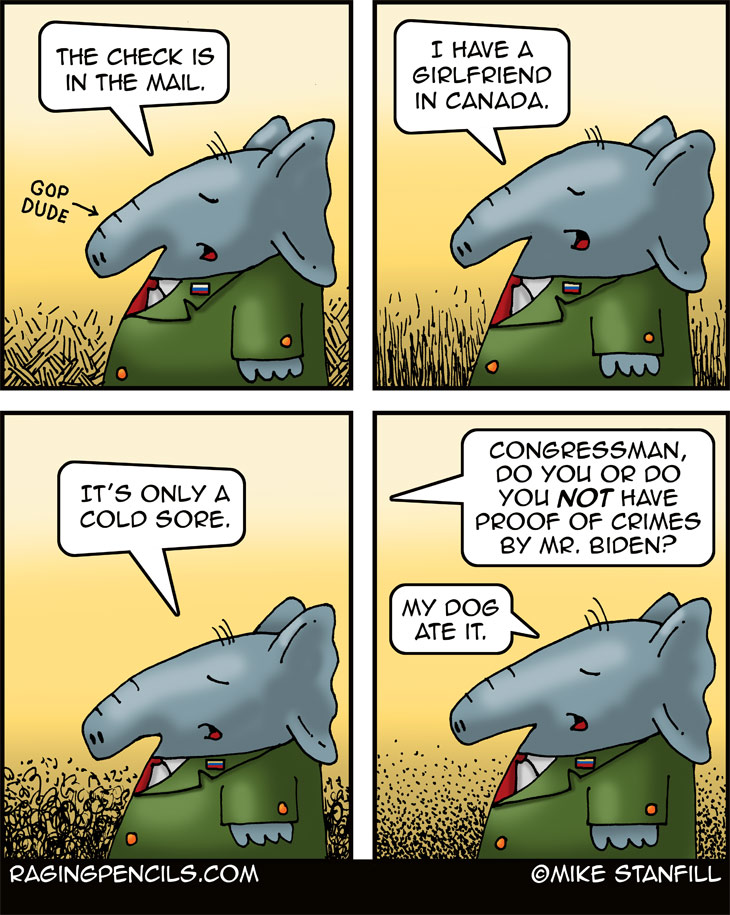

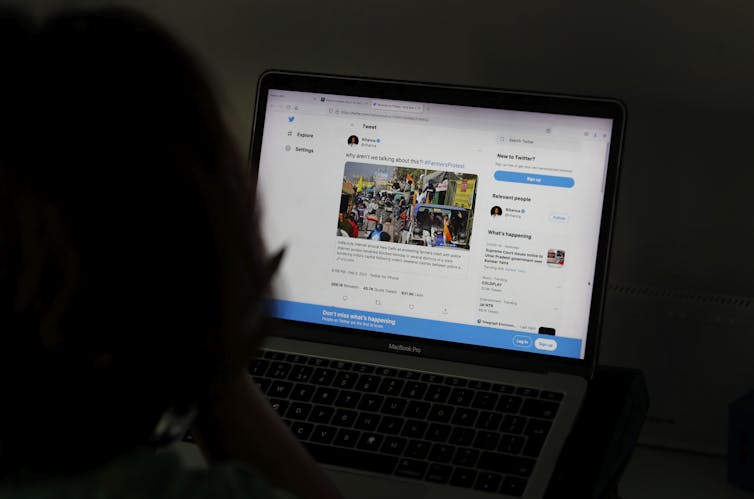
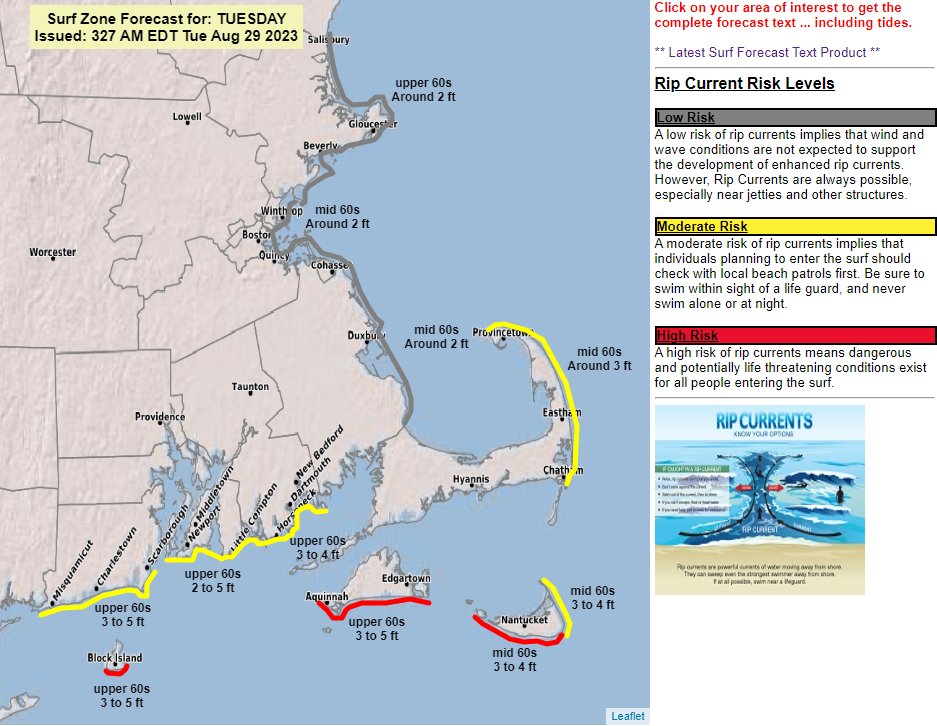

.webp)





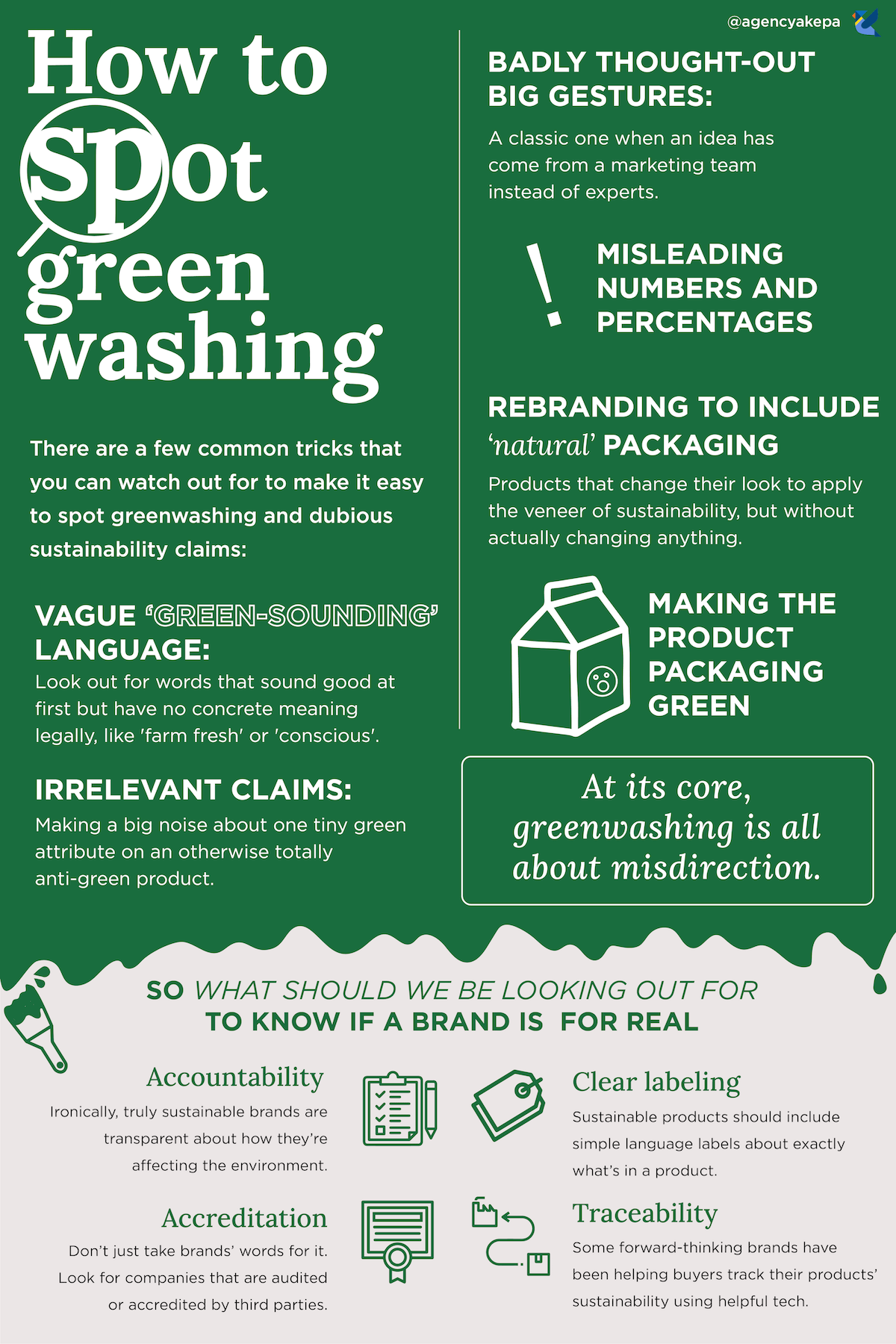



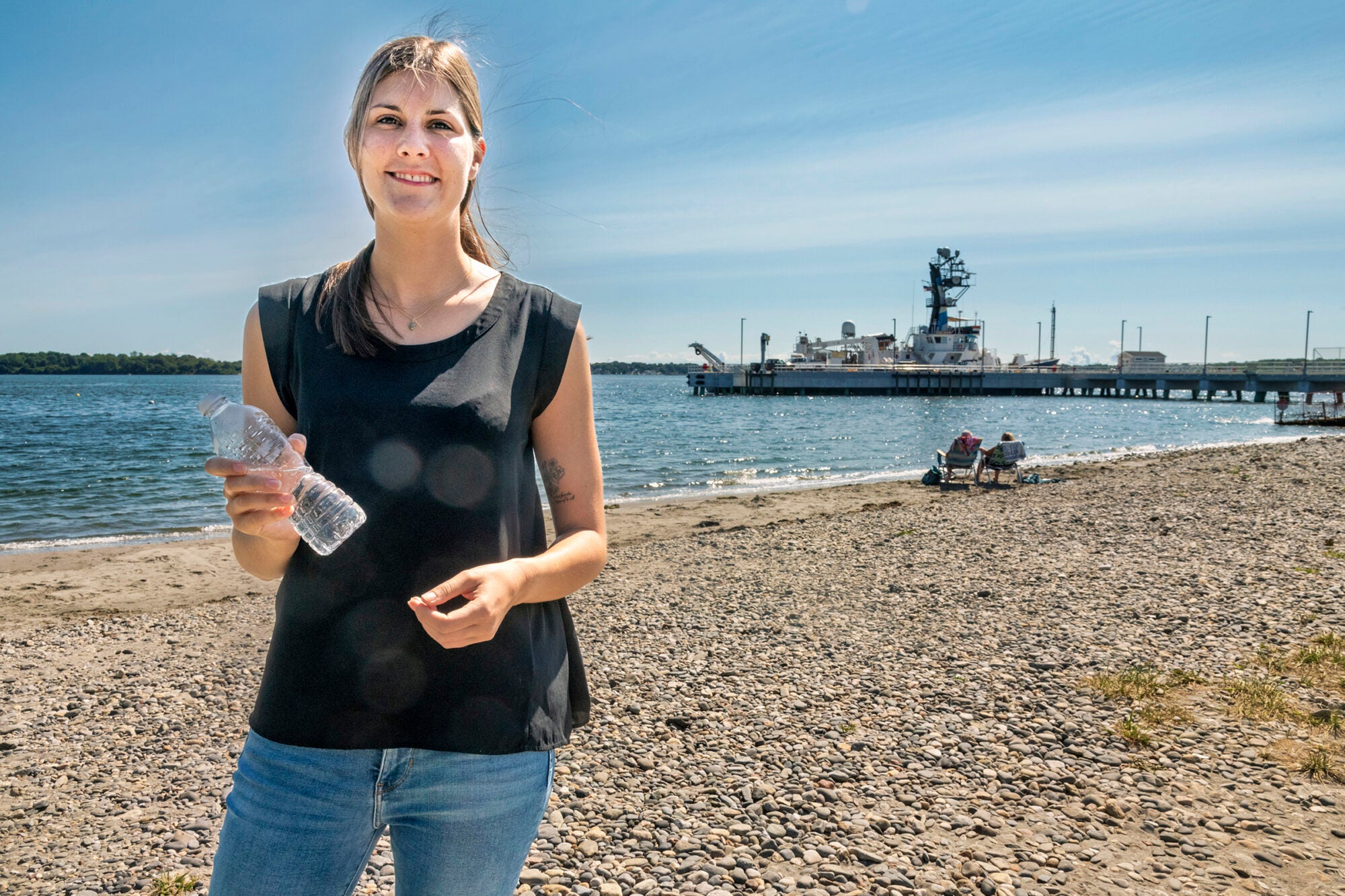
.webp)


.webp)








